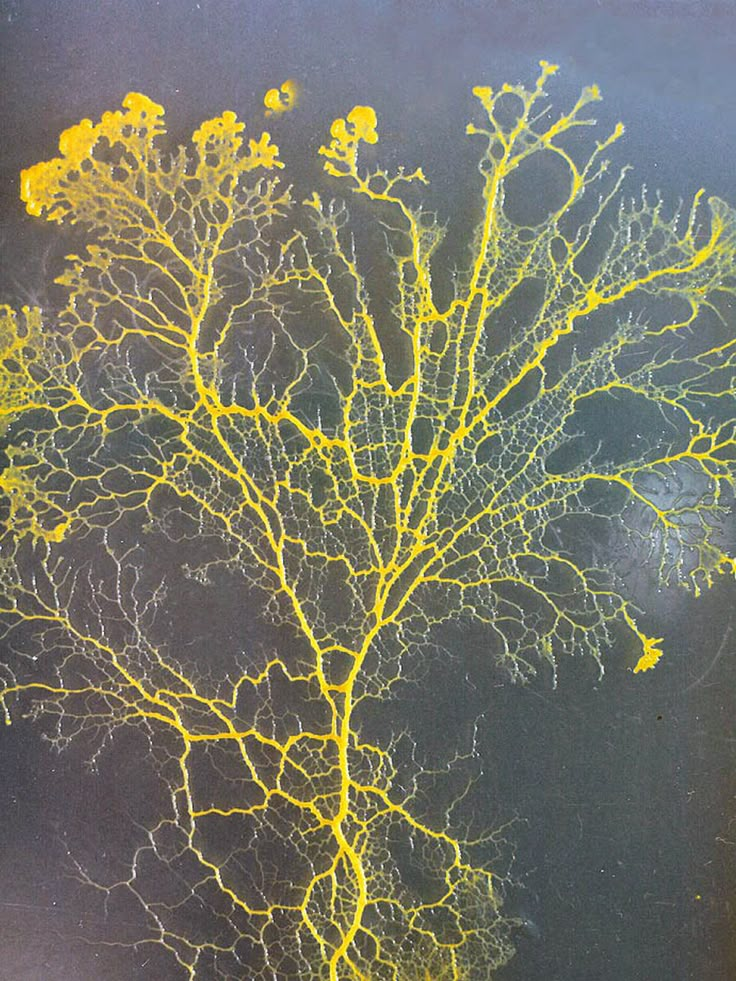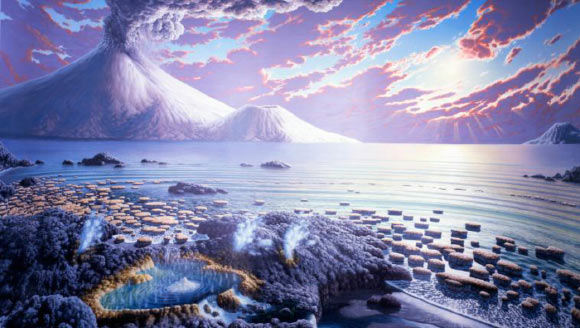Life on the Edge: Facing Impermanence, Entropy, and Meaning
yuval bloch
Here in Israel, the recent wave of Iranian missile attacks has forced many of us to confront a stark truth: we are mortal. While the awareness of death is always present, in peacetime, it rarely takes center stage. Its sudden reappearance can affect people in vastly different ways—some find a deeper appreciation for each moment, while others feel a creeping nihilism. Life begins to feel both fragile and fleeting and, at times, less meaningful.
Interestingly, a quiet weekend spent reading The Tibetan Book of Living and Dying reminded me that not all cultures shy away from this truth. Some embrace impermanence as a central tenet of existence. That reframing opened something in me.
So today, I want to reflect on the transient nature of life, the forces that shape it, and what might persist after we’re gone. But first, we need to meet a crucial concept: entropy.
A Mountain’s Lesson
I spent the weekend at a friend’s house in Mitzpe Ramon, a peaceful town nestled in the Negev highlands. It’s a quiet haven for artists and free spirits, especially in times like these.
A few years ago, standing at the edge of the vast Ramon Crater, I first began to understand entropy.
At first glance, the towering cliffs seem eternal—timeless giants carved in stone. But after every rainfall, tiny new cracks appear. Bit by bit, the rock wears down. The crater deepens. The mountain slowly collapses. Left alone, erosion would eventually flatten it all.
A mountain is a low-entropy structure—matter concentrated and organized in one place. A flat plain, where that matter is scattered randomly, represents high entropy.
This slow, quiet collapse taught me something profound:
Even mountains fall apart—slowly but inevitably.
This is the second law of thermodynamics: without intervention, systems move toward disorder—entropy increases.
Life Against the Current
Life, in contrast, is astonishingly organized. It’s composed of complex molecules—proteins, DNA, membranes—all arranged with remarkable precision. So, how does life maintain such order in a universe bent on disorder?
The answer is that life is not an isolated system. It draws energy from the Sun—high-quality, low-entropy radiation in the form of visible light. Earth and its organisms use these concentrated photons, then radiate back into space as diffuse, low-energy infrared light.
In this exchange, the total entropy of the universe still increases—but along the way, a small, temporary pocket of low entropy is created.
We call this pocket life.
And it reveals something even more profound:
Life persists not by resisting entropy but by moving with it.
A system that stays still eventually breaks down. A living body, by contrast, is always in motion. Your cells are constantly degrading—proteins unravel, membranes deteriorate, and DNA sustains damage. But your body rebuilds itself fast enough to survive.
What’s rebuilt is never identical, but it’s similar enough. This is known as quenched disorder—a dynamic stability in which information is preserved through constant change.
One day, though, the rebuilding will slow. The differences will add up. The cells in my body will no longer function together as a system. I will give in to entropy.
But perhaps not everything will vanish.
Some information may live on—in my children if I have them, in the people I’ve spoken to, taught, or shared ideas with. My thoughts might echo—reshaped but recognizable—in other minds.
A trace of order carried forward in a world that leans toward disorder.
Complexity, Impermanence, and Wisdom
Here, complexity theory meets the wisdom of the Bodhisattva. Complexity teaches us that life is not fixed but fluid—an ever-evolving process. The Tibetan Book of Living and Dying invites us to embrace this impermanence, to witness and accept the changes in our lives.
By doing so, we may find greater freedom in life—and greater peace in death.
Not by clinging to what is but by moving with what is always becoming.
What Is Life, Really?
The fragility of life can lead us to feel it’s meaningless—just a brief arrangement of matter before it dissolves again. Earlier scientific frameworks often supported this view. Love? Just chemical reactions. A symphony? Just air vibrations.
However, complexity theory offers a richer view: the whole is more than the sum of its parts.
So, if we look past the components—past the proteins, atoms, and molecules—what is life? This question matters not only for understanding ourselves but also for the search for life elsewhere in the universe. We once looked for carbon or water, assuming all life must mirror Earth’s.
But life may emerge from different building blocks. To recognize it, we need more fundamental criteria.
This is where assemblage theory becomes useful. From this lens, life is a highly organized, far-from-equilibrium system—one that doesn’t arise by chance. Some researchers suggest that if we detect a molecule with more than 15 atoms repeating in a non-random pattern, we may be seeing the fingerprint of life. Such order, they argue, is improbable to form through geological or chemical processes alone, it can developed only step by step.
This profound improbability, evident even at the molecular level, underscores that life’s very essence—its complexity and enduring existence—stems from its evolutionary journey, a process inherently tied to memory. Life, in essence, “remembers.” On Earth, this fundamental memory is encoded and transmitted through DNA, enabling the development of far more complex structures than could otherwise emerge naturally.
Memory, Computation, and Becoming
Life is defined by its capacity to remember and compute—to build structure upon structure. Nothing living emerges from nothing; every cell in our bodies carries the genetic memory of all life that preceded it. Life is a dynamic, ongoing process of computational reassembly powered by memory. That’s a profound idea worth pausing on.
🧫 Cellular Computation
It may feel counterintuitive—how do organisms without brains perform computations? Recall from The Unseen Architects: Exploring the Fundamental Properties of Life how cellular automata create complex patterns from simple local rules. Though I didn’t say it before (since math is a bit heavy), these patterns are mathematical solutions—many identical cells, guided by DNA, collectively solve complex problems.
A perfect example is the slime mold Physarum polycephalum. Despite having no brain, it grows toward food sources in a way that optimally solves spatial problems. On a map of food sites, it constructs networks that rival human transport systems—many studies have shown it can outperform most metro networks, with Tokyo being a rare exception. This mold isn’t learning in a neural sense—it is learned through evolution and computes via distributed cellular processes.

A Leap in Memory & Computation: The Nervous System
But about 500 million years ago, a revolutionary shift occurred: individual organisms gained the ability to remember and compute internally via nervous systems. Neurons enabled entities to form dynamic memory rules and behavioral computations, enabling anticipatory responses and learning.
This sparked a Cambrian explosion of diversity—organisms that could act on remembered experiences had a significant survival advantage.
🌍 From Brain to Civilization
But the story doesn’t end there. As nervous systems grew in complexity, consciousness emerged, allowing humans to create external memory systems: writing, mathematics, and computers. From ancient tally marks to modern AI, life continues its march of complexity by offloading memory and computation outside the body.
Life and Earth: A Reciprocal Relationship
There’s one last point that powerfully illustrates the influence of life—a theme touched on in my earlier post, The Eye of the Storm: Understanding Our Minds During Struggles. There, I discussed how we once believed the brain alone shaped the mind—only to discover that the mind, in turn, shapes the brain. This reciprocal dynamic is mirrored in the relationship between life and Earth.
We used to think Earth’s habitability shaped life. But life, it turns out, also shapes Earth—so profoundly that some scientists propose a striking idea: that Earth itself behaves like a living system. This is the Gaia hypothesis.
Just as our body is composed of billions of cells working together to regulate its internal state—temperature, nutrient flow, immune response—so too does Earth maintain stability through the interplay of its living systems: forests, oceans, microorganisms, and the atmosphere. The planet is self-regulating, not through central control, but through the collective behavior of life.
But just as in the body, when one group of cells reproduces uncontrollably and consumes resources without balance, it becomes cancer. On Earth, when one species—humans—disrupts ecological systems without restraint, it leads to an environmental crisis.
And we are not the first to take Earth down this path.
Roughly 2.4 billion years ago, during the Great Oxidation Event, cyanobacteria released massive amounts of oxygen into the atmosphere. This radical transformation caused mass extinction and, at the same time, made complex life possible. It’s a reminder that life can alter the planet on a planetary scale, both destructively and creatively.

🧬 Life Across Scales: From Cells to Planet
So, what does this all mean for us?
On the microscopic scale, we are made of cells—dying, dividing, regenerating. We are not static objects but living flows of change.
On the human scale, we are more than our parts. Our identity, memory, and meaning emerge from—but transcend—our cells.
On the planetary scale, we are part of something larger. We are contributors to Earth’s living system. Even when we are gone as individuals, some of our influence—our genetic traces, ideas, and actions—can continue to shape the system.
These levels do not contradict one another—they enrich each other. Recognizing that we exist across these different scales can help us find meaning not despite but because of our fragility.
We are temporary, yet part of something persistent.
We are vulnerable yet capable of shaping worlds.
We are small but never separate.
- Impermanence
- Entropy
- Meaning-of-Life
- Complexity-Theory
- Spirituality
- Mortality
- Gaia-Hypothesis
- Cellular-Computation
- Neuroscience
- Philosophy-of-Science